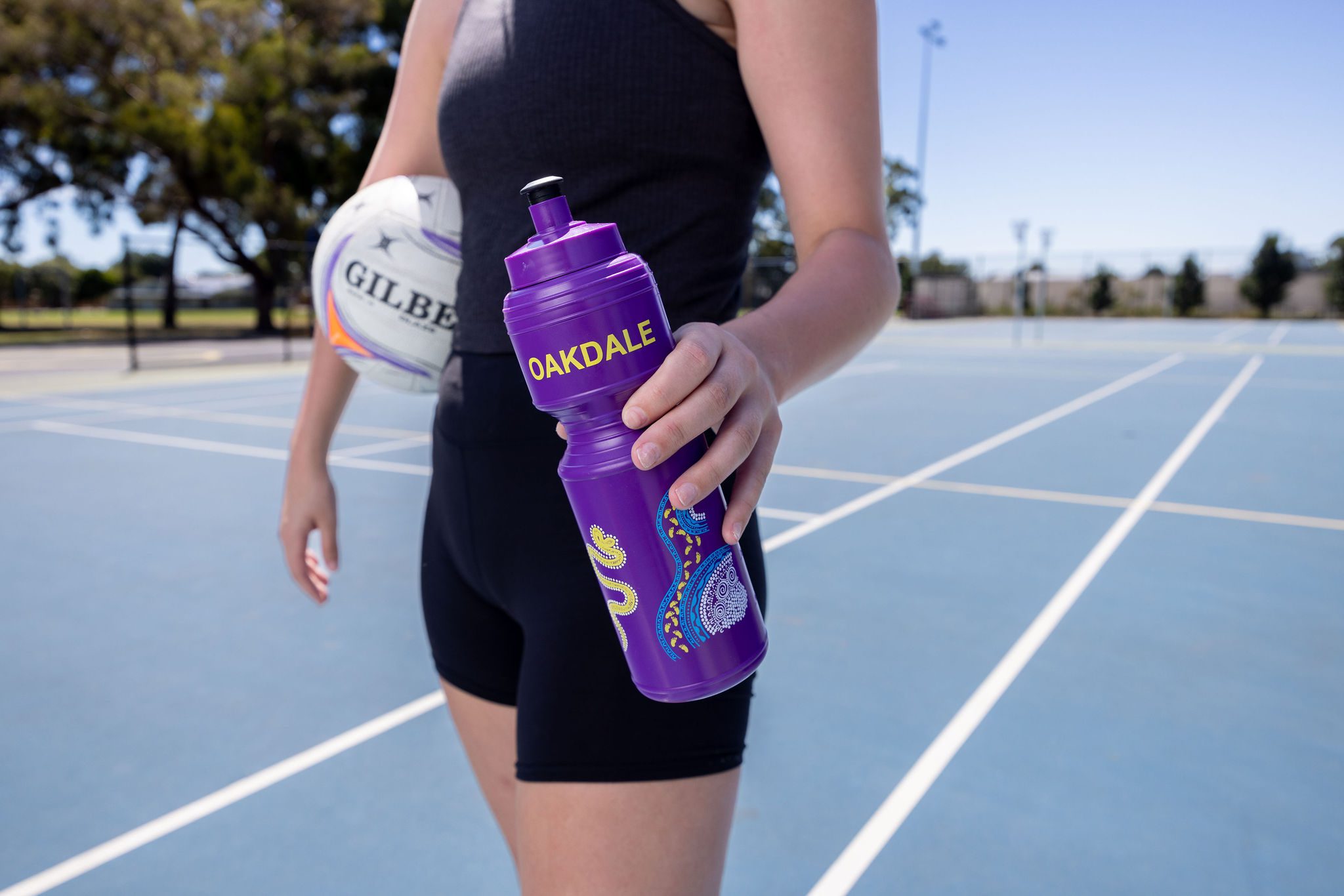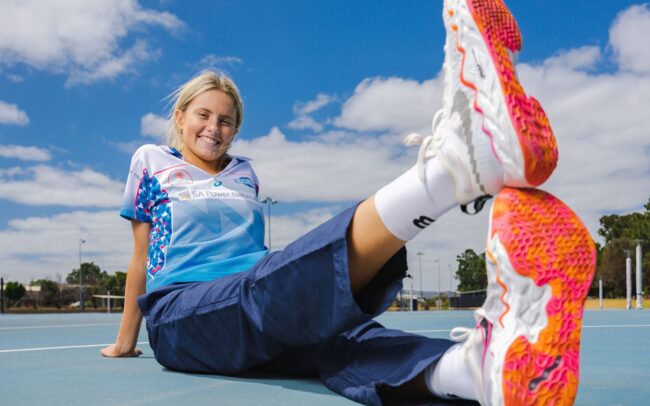It’s not just about working hard on the field or court. For athletes of all levels, it’s what you do after the final siren or when training ends, that can have just as much of an effect on your performance.
But while amateur & grassroots athletes might be aware that recovery is important, sport isn’t their 9-5 job, nor do they have access to the nutritionists, ice baths or compression pants that the pro athletes do. While this can sometimes make recovery hard, there’s a few accessible, low-cost recovery strategies that can ensure athletes of all levels are ready for their next session, gameday or workout, and recover like a pro.
01. Get some zzz’s
While sleep is arguably the most important part of recovery, in good news for amateur athletes it’s also the easiest & most accessible. During sleep, your body repairs and regenerates tissue, builds muscle and strengthens your immune session. Getting enough sleep also improves your cognitive function and mood – all of which helps you perform better during your next workout, and avoid injury. 7-9 hours per night is recommended, however some athletes may need more, depending on the intensity and duration of their activity.
For those amateur athletes working early mornings, late nights, with families or just night owls, getting enough sleep can be tough. If you can’t do anything about the quantity of your sleep, try and improve the quality instead. Keep your bedroom dark & quiet, set your phone to Do Not Disturb and cut back on caffeine & alcohol in the evening.
02. Focus on nutrition
You are what you eat, and this is especially true when it comes to athletes at any level. Proper nutrition is essential for replenishing glycogen stores and repairing muscle tissue after a game day or heavy training session. A combination of carbohydrates and protein within 30 minutes to an hour after exercise can enhance recovery, typically with a 3:1 ratio of carbohydrates to protein.
While the perfect recovery meal might not always be an option for amateur athletes (especially when opting for a well-deserved takeaway or a meal at the pub following a tough game day or training), there’s still plenty of good choices available. Subway & Zambreros can be great options for fast food, as well as a lot of Thai / Vietnamese dishes (think rice & stir fries). Even a pizza or chicken burger at the pub will offer a good balance of carbs & protein – just be mindful of portion sizes.
03. Foam Rolling
Not just for elite athletes, foam rolling is a quick, low-cost recovery method that can increase blood flow and reduce muscle soreness and stiffness. Foam rolling can also improve your range of motion and flexibility, which will improve your athletic performance next time you hit the track. Try and spend at least 15-20 minutes on any sore or tight muscle groups with a foam roller or massage ball post-workout or on rest days. No need to splash the cash either, a $10-15 roller or ball from Target or K-Mart is all that’s needed!
04. Active Recovery
While it might be tempting to spend the whole day after a match or training on the couch, a bit of active recovery can be highly beneficial. Activities like walking, swimming or light cycling can increase blood flow, reduce inflammation and reduce muscle soreness, so try and use them in your recovery routine. Our tip for amateur athletes is to incorporate active recovery into everyday life – go for a walk to get coffee & lunch instead of driving, do some stretching in front of your favourite show.
05. Hydration
Athletes know how important hydration is. When it comes to recovery, water regulates your body temperature and flushes out the metabolic waste products that accumulate during exercise, enhancing your recovery. But keeping hydrated post-game or on rest days isn’t always the first thing on the mind of every amateur or grassroots athlete. To make hydration a higher priority, try strategies like investing in a nice water bottle, using alarms or notifications to your advantage, being more mindful of your bodies’ signals and drinking a glass of water with each meal.
By following these five simple tips, you’ll be able to bounce back better after every training or gameday!






